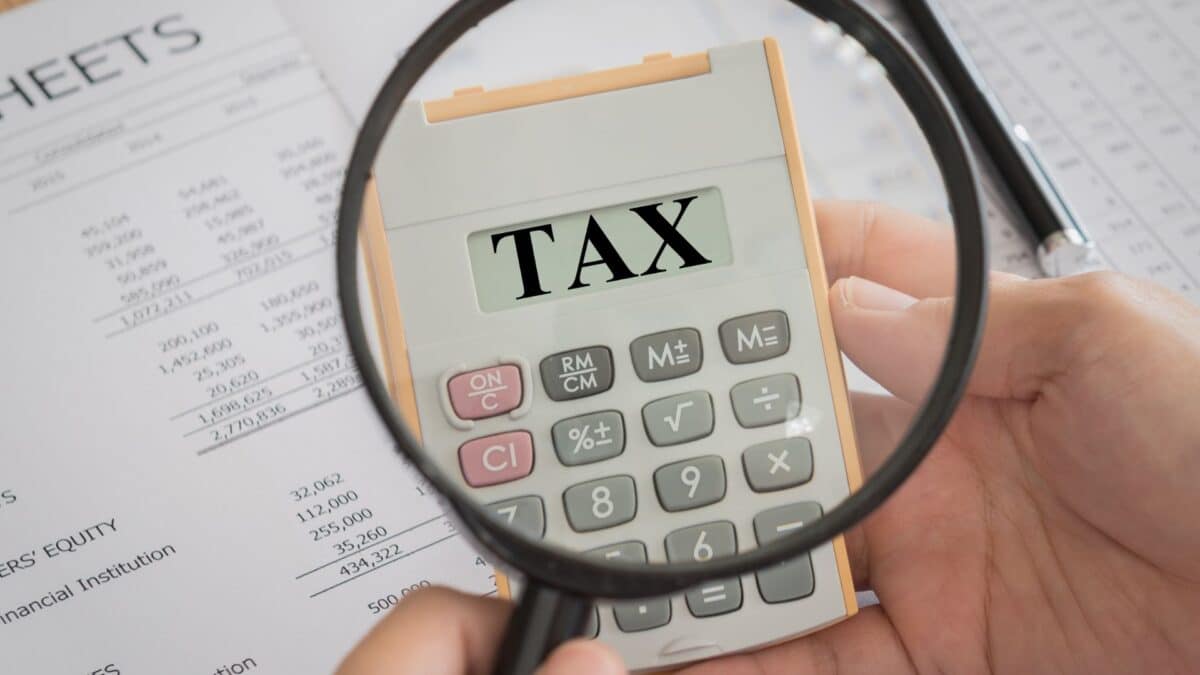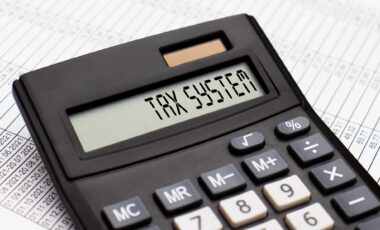Starting July 1, taxpayers across Australia will see an increase in the thresholds for the Medicare Levy Surcharge (MLS). For the third consecutive year, the Australian Taxation Office (ATO) will apply this change, offering significant potential savings for higher-income individuals and families who may have been facing extra tax burdens. The rise in thresholds means more taxpayers will be able to avoid the surcharge by ensuring they have private hospital cover.
The Medicare Levy Surcharge is a tax applied to individuals or families who earn above a certain income level and do not hold private hospital insurance. This surcharge is separate from the standard Medicare levy, which is set at 2% of taxable income. As the thresholds increase, more Australians will benefit from the ability to earn additional income before the surcharge applies.
Threshold increase explained
As part of the change, the singles threshold for the surcharge will rise from $97,000 to $101,000, while the family threshold will increase from $194,000 to $202,000. This increase gives individuals and families more room to earn without having to pay the extra surcharge.
Tax Invest Accounting director Belinda Raso highlighted the significance of this rise, noting that it provides more financial flexibility for many taxpayers. “Singles will be able to earn an additional $4,000 a year before the surcharge applies, and families will see an increase of $8,000,” she said in a statement to Yahoo Finance. This marks the third year in a row that the threshold has risen, a trend that provides relief for those affected.
The impact of the surcharge
The Medicare Levy Surcharge is applied to individuals who do not have private hospital insurance and whose income exceeds the set thresholds. The surcharge rate ranges from 1% to 1.5%, depending on the level of income. This tax is on top of the standard Medicare levy of 2%, which is already deducted from taxable income.
For families or couples whose combined income exceeds the threshold, private hospital cover is mandatory if they wish to avoid the surcharge. The MLS also applies to single-parent households. Families, couples, and singles must weigh the potential costs of private health insurance versus the tax liability incurred by not having coverage.
The cost of private health insurance
While the increase in thresholds provides a breathing room, private health insurance remains a significant consideration for many Australians. The cost of health insurance varies, depending on factors such as age, policy type, and coverage levels. According to Finder, the average cost of health insurance for a single Australian is about $165 per month, equating to approximately $1,980 annually. Basic policies, which offer lower coverage, typically cost around $78.36 per month, or $940.32 per year.
These figures are important for those who are weighing whether to take out private health insurance to avoid the surcharge. Tax expert Belinda Raso pointed out that taxpayers could either pay for health insurance or face an additional charge, which may feel like an unnecessary expense. “You’re just paying an extra fee for no reason; you may as well pay for something,” she said.
Given the rising costs of health insurance and the looming start of the new financial year, now is the time for taxpayers to evaluate their options. Raso encouraged individuals to take action before the new financial year begins, advising them to assess whether private health insurance is the right decision to avoid paying the surcharge. “These decisions can cost or save you thousands of dollars over the next financial year,” Raso explained.









